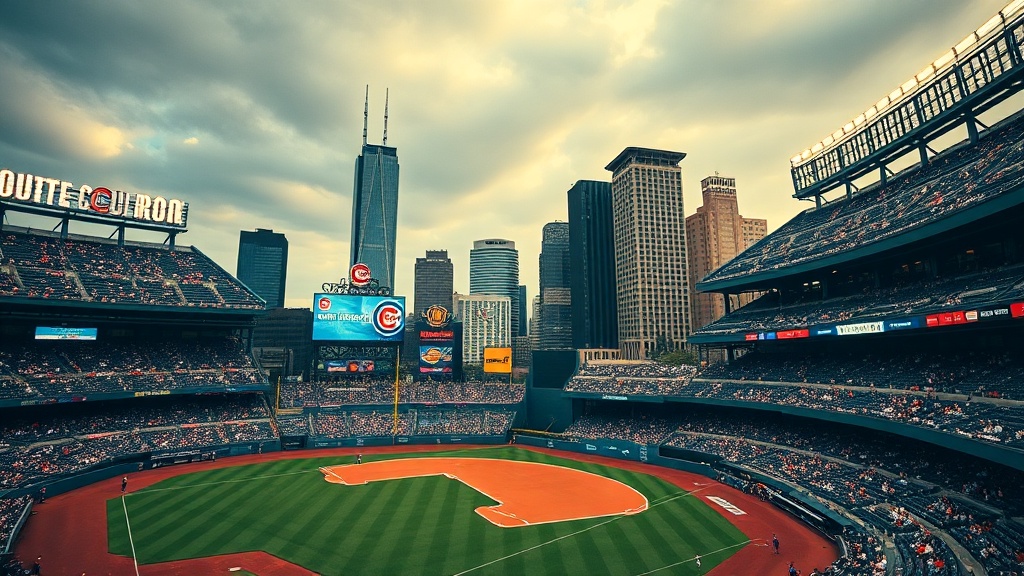Wrigley Field remains one of baseball’s most magnetic destinations, where ivy-clad outfield walls, a hand-operated scoreboard, and Wrigleyville’s electric street scene combine for an experience that’s part sport, part civic ritual.
The Chicago Cubs continue to cultivate that connection between team and city by balancing fan-first ballpark upgrades with a roster-building approach that blends veteran leadership and homegrown talent.
What to expect at a Cubs game
– Classic ballpark atmosphere: Expect close sightlines, rooftop views over the outfield, and the unmistakable seventh-inning energy from a crowd that knows the traditions.
– Modern amenities: Concessions, craft beer options, and improved concourses make game days more comfortable without losing the ballpark’s historic charm.
– Neighborhood energy: Pre- and post-game dining and bar scenes in Wrigleyville give fans plenty of ways to make a day at the park into a full outing.
Roster strategy and development
The Cubs’ front office has emphasized a hybrid strategy—investing in pitching and defense while giving young position players room to grow. That balance aims to create sustainable success rather than short-term splashes.
Player development is a clear focus, with attention to data-driven performance metrics alongside traditional scouting. Expect more emphasis on pitch design, bullpen depth, and defensive versatility as keys to consistent competitiveness.
Why pitching matters
Pitching has become the spine of successful teams, and the Cubs are no exception. Developing a strong rotation and a flexible bullpen allows managers to match up better late in games and navigate the rigors of a long season. Organizations that prioritize strike-throwing, spin rates, and sequencing tend to get better returns from their supporting cast, and the Cubs’ approach reflects that philosophy.

Fan engagement beyond the box score
The Cubs leverage digital platforms and in-park activations to keep fans engaged all season. From fantasy-friendly content and analytics breakdowns to community programs and youth clinics, the team fosters a connection that extends beyond wins and losses. Charitable initiatives and neighborhood partnerships also highlight the organization’s role in the broader Chicago community.
Tickets, travel, and tips
– Buy early: Popular matchups and weekend games sell quickly—weeknights can be a sweet spot for a more relaxed experience.
– Arrive early: Tailgating in the surrounding area and batting-practice access can make the trip feel like more than just a few innings.
– Transit-friendly: Public transit options bring fans close to the ballpark, and walking the Wrigleyville area turns a game into a neighborhood adventure.
Looking ahead
Sustained success in baseball rarely hinges on one offseason move. The Cubs’ long-term outlook depends on player development pipelines, smart allocations in free agency, and continued investment in pitching and defense. For fans, the daily storylines—rookie breakthroughs, bullpen reshuffles, and clutch homers—provide an unfolding narrative that keeps the season compelling from opening day through the stretch.
Whether drawn by history, hopeful about the roster, or just looking for a quintessential Chicago outing, a Cubs game remains a must-see for baseball fans. The combination of tradition, evolving strategy, and community engagement keeps the team relevant and the Wrigley Field experience memorable.